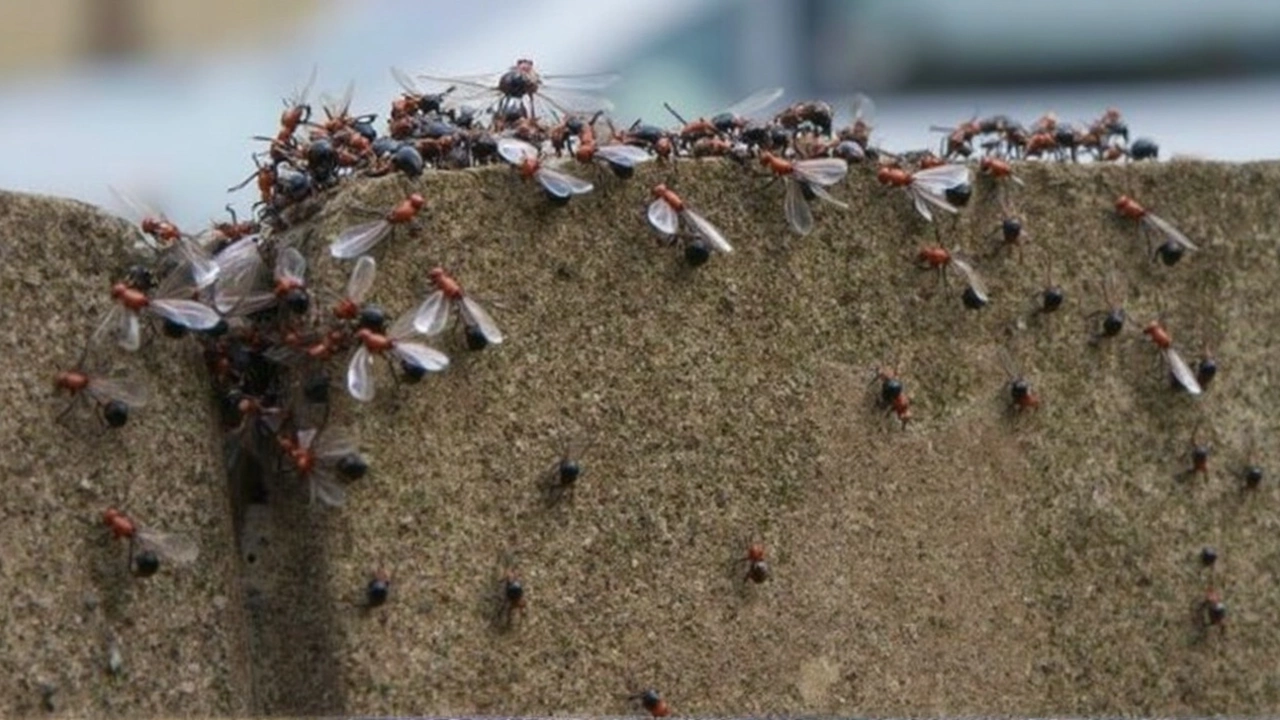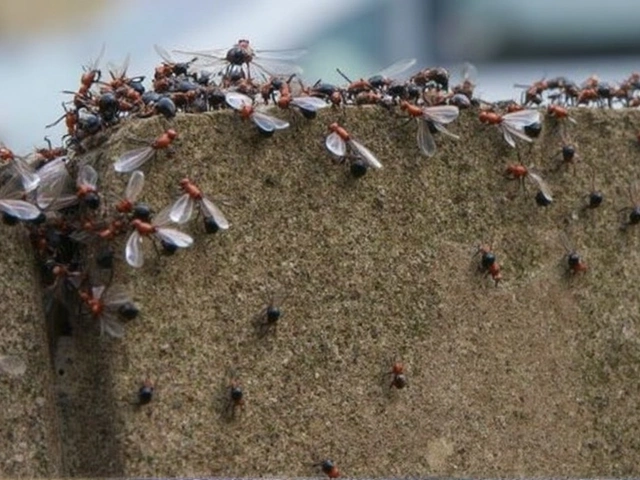Why 2025 Might See the Biggest Flying Ant Day Yet
If you thought last year’s flying ant invasion was bad, grab your umbrella—because this summer’s swarm might just break all records. Scientists are warning that Flying Ant Day 2025, expected to hit its peak between July 22 and 25, could unleash more insects than the UK has seen in years.
So, what’s turning up the volume on these winged invaders? You can blame the weather. This year’s mix—high humidity, with showers followed by stretches of balmy sunshine—is turning the UK into a paradise for flying ants. The steamy, on-and-off rainfall plays right into their reproductive cycle, kicking off massive mating flights.
But that’s not all. Big cities like London, with their so-called ‘heat island’ effects, are especially at risk. These areas trap extra warmth, which speeds up ant colonies’ schedules and drives earlier, larger swarms than you’d see in the countryside. Experts in pest management say these supercharged conditions are producing such huge ant clouds, even advanced weather radars have been fooled—mistaking flying ant groups dense enough to look like rain showers on their screens.
Ant Storms: Nuisance or Nature’s Helpers?
It might feel like an invasion, but flying ants are doing essential work. When thousands of ants suddenly take flight all at once, it’s not random—it’s synchronized mating mayhem, with future queens and hopeful males making the most of a sticky summer day. Once the queens touch down, they ditch their wings and dig in, literally, starting new colonies that help break up soil and feed all kinds of wildlife (including hungry birds).
Researchers from the University of Leeds are digging deeper into the connection between weather and ant swarming. They’re inviting the public to report massive ant sightings—because the more we know about when and where the swarms appear, the better we can forecast these bug-filled events in the future.
Still, not everyone wants a living science experiment taking over their kitchen. Pest control experts are advising people to stay a step ahead. Want to keep flying ants outdoors? Start by sealing up obvious entryways, like tiny wall cracks or busted window screens. Stash food in airtight containers and check if your bins are tightly closed. If windows stay open, consider adding fly screens to block out the airborne visitors as they hunt for a nesting spot inside.
No matter how big the swarms get this summer, one thing’s for sure: Flying Ant Day is just another odd twist in the wild weather saga of the UK—and a vivid reminder of how insects and the environment are closely linked. Nobody likes unexpected houseguests, but these swarms are proving, once again, that nature always finds a way to surprise us.








Write a comment